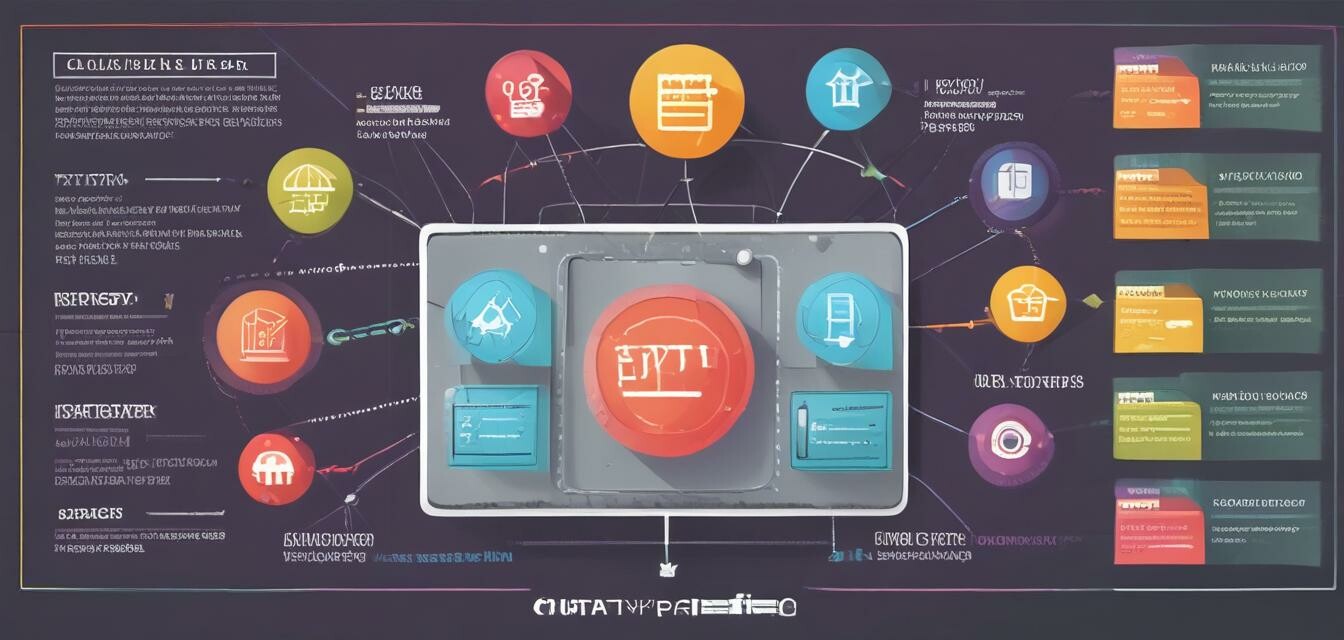
Setting Up Effective Customer Feedback Systems
Key Takeaways
- Establish clear goals for your feedback system.
- Utilize multiple channels to gather feedback.
- Ensure the feedback process is user-friendly.
- Analyze and act upon the feedback received.
- Regularly review and improve your feedback system.
In the competitive world of eCommerce, understanding customer needs and preferences is crucial for success. Effective customer feedback systems can help you achieve this by enabling businesses to gather insights that lead to enhanced customer satisfaction and improved service offerings. In this guide, we’ll explore the essential steps to set up a robust feedback system that can transform your eCommerce strategies.
Why Customer Feedback Is Essential
Customer feedback offers valuable insights into customer experiences, preferences, and expectations. Here are some key reasons why you should prioritize customer feedback:
- Improves Customer Satisfaction: Understanding pain points helps in addressing issues promptly.
- Drives Product Development: Feedback can guide new product features and enhancements.
- Enhances Marketing Strategies: Insightful feedback can inform marketing campaigns.
- Builds Customer Loyalty: Engaging with customers shows that their opinions matter.
Types of Feedback Systems
There are various methods to gather customer feedback. Here are some of the most effective systems:
| Feedback Type | Description | Best Used For |
|---|---|---|
| Surveys | Structured questions designed to gather specific information. | Gathering quantitative data. |
| Reviews | Customer evaluations of products or services. | Assessing product performance and customer satisfaction. |
| Focus Groups | Small group discussions to gain diverse perspectives. | Deep insights on product concepts or marketing strategies. |
| Social Media Feedback | Monitoring comments and mentions on social platforms. | Understanding public perception and engagement. |
| Email Feedback | Direct emails requesting feedback post-purchase. | Building one-on-one customer relationships. |
Steps to Establish an Effective Feedback System
Now that you understand why feedback is essential and the different types available, let’s delve into the steps to create an effective feedback system:
- Set Clear Goals: Define what you want to achieve through your feedback system.
- Choose Feedback Channels: Select the methods that align with your goals and customer preferences.
- Design User-Friendly Surveys: Use simple language and avoid overwhelming customers with too many questions.
- Promote Your Feedback Channels: Share links to surveys on your website, through emails, and social media.
- Analyze Feedback: Use data analysis tools to identify trends and areas for improvement.
- Take Action: Implement changes based on customer feedback to show you are listening.
- Communicate Changes: Inform customers about improvements made from their feedback to encourage participation.
Common Mistakes to Avoid
When setting up feedback systems, it’s essential to be aware of common pitfalls. Here are some to avoid:
- Not clearly defining the objectives of the feedback system.
- Overly complicated surveys that lead to low response rates.
- Failing to act on the gathered feedback.
- Neglecting to communicate results and changes based on feedback.
- Relying solely on one feedback channel.
Tools for Gathering Customer Feedback
There are numerous tools available to help you collect and analyze customer feedback effectively. Here are some popular options:
| Tool | Description |
|---|---|
| SurveyMonkey | A versatile tool for creating surveys and analyzing responses. |
| Google Forms | A free tool for crafting simple surveys and receiving feedback. |
| Typeform | Allows the creation of interactive and engaging surveys. |
| Zendesk | Customer service platform that includes feedback collection tools. |
| Trustpilot | Enables customers to leave reviews and feedback publicly. |
Pros
- Improves customer satisfaction by responding to needs.
- Enhances product development and marketing strategies.
- Builds a loyal customer base through engagement.
Cons
- Can be time-consuming to analyze and act on feedback.
- Risk of negative feedback impacting public perception if not handled well.
Conclusion
Establishing an effective customer feedback system is vital for any eCommerce business that aims to thrive in today's marketplace. By understanding customer needs and making necessary adjustments based on their feedback, you can ensure you are continuously improving and adapting to changing market demands. Implement the steps outlined in this guide, leverage available tools, and avoid common pitfalls, and you will be on your way to creating a successful feedback system.
For further insights on eCommerce strategies and enhancing customer relationships, check out our article on effective eCommerce marketing tactics, and discover how to elevate your online presence.
